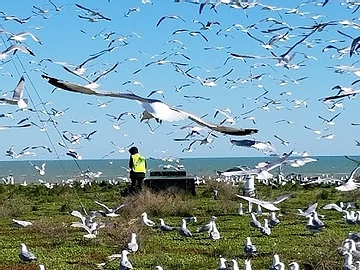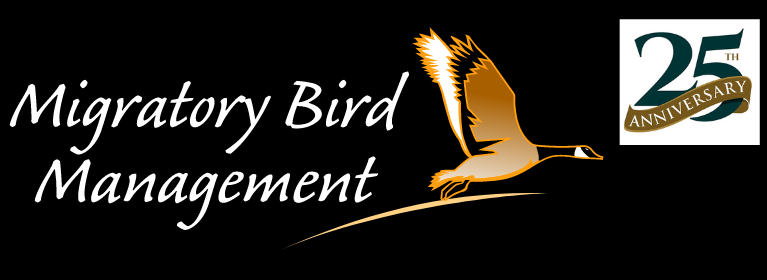The Beginning of July Brings an Unwelcome Gull Surprise
Jun 24, 2020Amid heightened concerns of COVID-19, many businesses suspended all non-essential operations, turning instead to remote work.
As employees return to brick-and-mortar offices, some property managers may find their roofs inundated with aggressive gulls and foul-smelling droppings.

Gulls have readily adapted to our urban areas, especially (but not limited to) our Great Lakes coastal cities. Instead of nesting on bluffs and sandy stretches overlooking the water, Ring-Billed and Herring gulls have taken to the roofs.
Large flat rooftops, especially green and gravel roofs, provide premier nesting habitat. Off the ground and away from potential predators, roofs provide safety, a good view of the surrounding area, and easy access to nearby habitat.
Nesting Gulls Bring Bacteria, Trash, and More
What’s good for the gulls isn’t always good for us. Nesting typically begins in late April – during the height of the pandemic lockdown this year – and ends in July. Now that employees are returning to the office, the nests have hatched and chicks are present, causing the adults to become aggressive toward potential threats to their colony, including people and their vehicles.
Gull droppings are caustic and when a large colony is nesting, droppings accumulate fast, damaging roofing material and surrounding cars. These droppings often contain numerous types of disease-causing bacteria and viruses, and the accumulation of nesting material and trash can encourage mold and parasites to take hold.
Since many businesses have rooftop HVAC systems, this can create a health risk for those in the building as the intake draws in these pathogens. Additionally, gulls bring trash – such as chicken bones – up to the roof for their growing chicks. Discarded non-edibles and molted feathers accumulate, leaving a large mess that can clog roof drains and require extensive cleanup.
Mitigating Damage from Nesting Gulls
So, what can be done? This depends on the colony and time of year.
With proper permits, nests with eggs can be removed to encourage the adults to move on. However, it is illegal to take or remove chicks from an active nest. If the colony is caring for live young, property owners must wait until the chicks are old enough to fly. Once they reach maturity, we can help evict them and clean the roofs.
Plan Ahead to Keep Gull Populations Under Control
The best way to manage gull populations is to prepare in advance for the coming year. If a gull colony has found a successful nesting location, they will typically return the following year to nest again. Installing proper deterrents and exclusionary systems on the roof before the birds return can help dissuade them from choosing your rooftop again.
However, gulls are stubborn, and these systems often work best as part of an integrated management program that includes:
- Humane removal of all nests as they appear and before they hatch
- Regular rooftop patrols with one of our trained border collies
Egg Depredation and Dog Patrol teach the gulls that the roof isn’t safe from predators and that nesting won’t be successful. Planning for the arrival of the gulls is much easier than managing an existing gull population.
Contact us for an assessment by one of our biologists to learn more about the stage of your gull colony and the solutions we can provide!




 0
0
